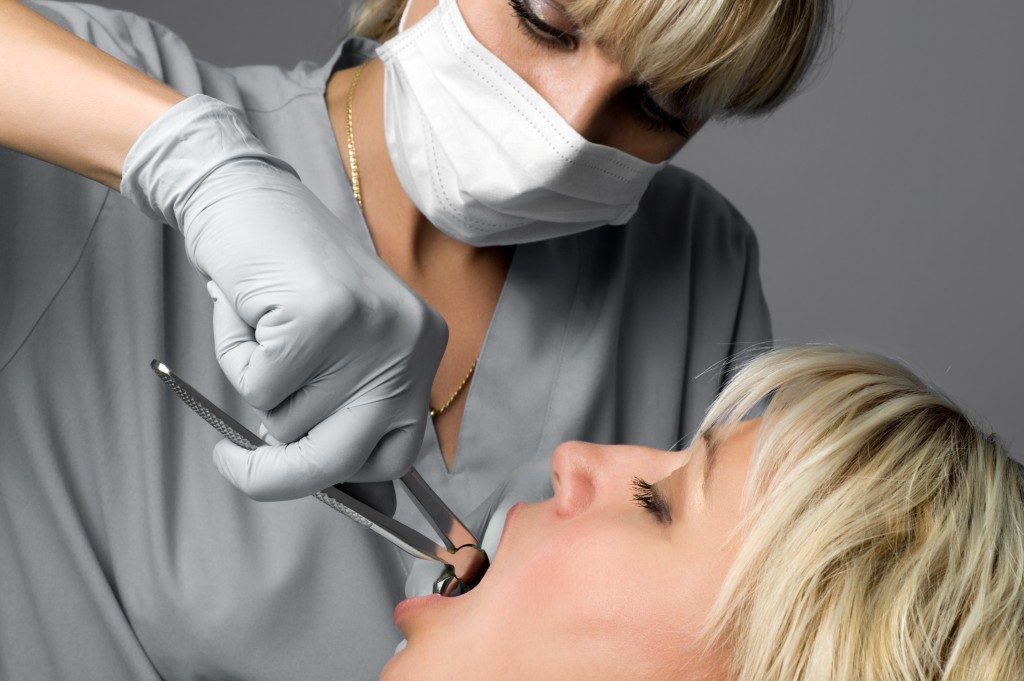One of the benefits you can enjoy as an adult is the fact that you need not have to witness your baby teeth fall off because, by the time you finish primary school, you already have your full set of permanent teeth. However, not everyone is lucky to have their third molar. In fact, it is often in one’s adulthood that this third molar causes problems more often referred to as an impacted wisdom tooth.
A skilled and experienced dentist in Taylorsville, Utah and other locations will be able to help you with all your dental concerns, including having an impacted wisdom tooth. But here are some things that can help you be more familiar with the condition:
What is an impacted wisdom tooth?
An impacted wisdom tooth is a condition where the third molar tooth is unable to come out naturally due to various reasons. First, it can be because the jaw is too small to accommodate all teeth. It can also be awkwardly positioned, which makes it impossible to come out of its own. Third, it can be partially impacted. This means a portion of the tooth has cut through the gums and is already showing.
An impacted wisdom tooth that does not show any symptoms can be left alone. However, if it does show symptoms, it should be taken care of. A partially impacted wisdom tooth often requires immediate care and attention, as it is more prone to the accumulation of bacteria, which can cause infections and complications.

What are the symptoms of an impacted wisdom tooth?
The most common symptoms of an impacted wisdom tooth are swelling, pain, bad breath, unpleasant taste in your mouth, and difficulty opening your mouth, among others.
How can it be prevented?
Unfortunately, there is no way to prevent an impacted wisdom tooth. However, there are ways to prevent complications. Some dentists prefer to remove it immediately regardless of whether it shows symptoms or not. Others choose to leave it and monitor closely for changes and complications. The bottom line is, having a skilled dentist who will take care of it is important.

How is it diagnosed?
Aside from the symptoms, an impacted wisdom tooth is diagnosed through an X-ray. This can also serve as a guide for your dentist when extracting your tooth.
What should be expected during a wisdom tooth extraction surgery?
Wisdom tooth extraction surgery is needed when your tooth causes problems or complications. It is usually done as an outpatient procedure. You will be given anesthesia during the procedure to help numb the pain. The anesthesia can be local, meaning only the area that will be operated will be numbed. It can also be sedation anesthesia, which can help block the pain and help you relax.
Others prefer general anesthesia where one will be asleep and not feel anything during the procedure. The dentist will then cut through the gums to pull out the affected tooth. The procedure usually takes place somewhere between a few minutes to an hour. The more complicated the position of the tooth is, the longer it will take for the dentist to take it out.
Extraction provides a permanent solution to your wisdom tooth problems, but it should be done by an experienced dentist. So, before deciding to push through with the procedure, make sure you are working with a highly qualified professional to avoid complications in the future.




